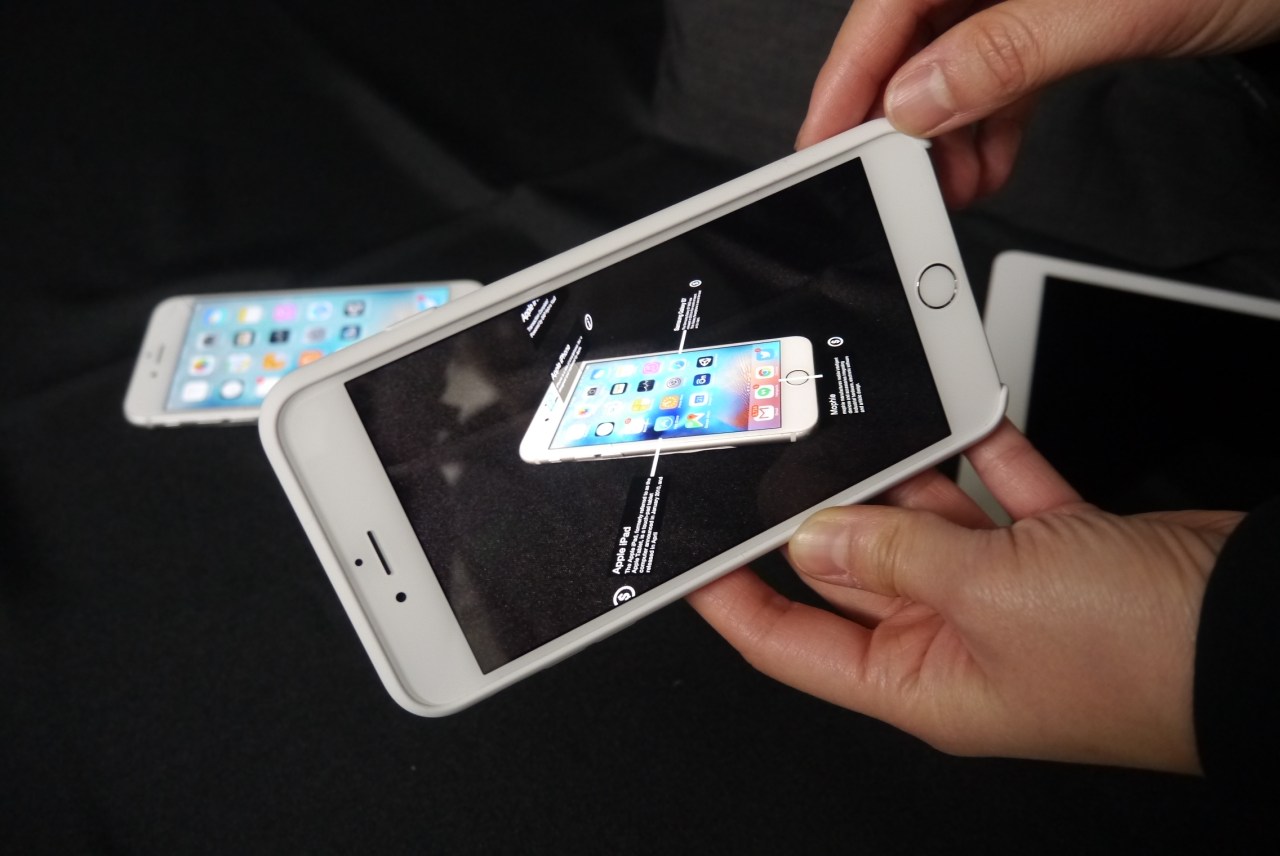In the fast-paced world of technology, the quest for the best gadgets often leads consumers down a rabbit hole of confusion. Enter the innovative use of Augmented Reality (AR), which is changing the way we shop for tech. During the TechCrunch Disrupt San Francisco 2016 hackathon, a team comprising Yosun Chang and Anuj Agrawal showcased an application that blends AR with practical marketing tools to enhance gadget shopping experiences. Their creative hack opens exciting new avenues for consumers looking to make informed buying decisions.
The Fusion of AR and Retail
The clever hack presented by the duo is not merely about showcasing gadgets but also contextualizes them for users. By leveraging various APIs, such as the CrunchBase API to pull relevant company information and MapQuest API for geographic data, the app adds layers of understanding that traditional shopping methods often lack. Users can locate nearby stockists and even initiate transactions directly, turning the shopping process into a seamless experience.
Interactive Comparisons
A standout feature of the application is its ability to visually compare real-world objects with related products digitally superimposed in the user’s field of view. For instance, if you spot a physical iPad in a store, the app allows you to tap and juxtapose it with similar devices. This unique approach not only helps consumers size products up but also fosters a deeper understanding of their choices.
Understanding the Consumer Mindset
Chang insightfully notes, “People like to buy random things that they see.” This observation speaks volumes about the contemporary consumer’s behavior—often driven by impulse rather than thorough research. By creating a tool that uses physical objects as primary keys for information retrieval, the team aims to bridge the gap between immediate desire and informed decision-making. How often have you pondered, “What else does this company make?” This application encourages curiosity and delivers valuable insights through engaging interaction.
Expanding Horizons Beyond Gadgets
Though initially targeted at gadget buyers, the potential applications of this AR innovation are expansive. As Agrawal shares, “Ideally you’d be able to point it at any device and it would do the same experience.” Envision using this app to obtain information on household items or even clothing, revolutionizing retail across multiple sectors. The emphasis on dynamic product comparisons, pricing info, and sales alerts makes this tool versatile and practical for everyday shopping habits.
Enhancing User Experience with Friendly UI
Another notable aspect of the app design is its user-friendly interface. By utilizing lines and captions that connect text annotations to recognized products, users are able to engage in a friendly and interactive manner. The intuitive presentation of information marries simplicity with depth, making learning about products less daunting and more enjoyable.
Conclusion: The Future is Augmented
The advent of AR in retail illustrates a shift towards enhancing consumer experiences. By integrating technology with everyday shopping, we are paving the way for smarter purchasing paths. This hack is just a glimpse into how AR can merge reality with rich data, fostering an informed consumer culture. As we continue to explore ways to elevate the shopping experience, the fusion of innovation, technology, and user-friendly interfaces will certainly play a pivotal role.
At fxis.ai, we believe that such advancements are crucial for the future of AI, as they enable more comprehensive and effective solutions. Our team is continually exploring new methodologies to push the envelope in artificial intelligence, ensuring that our clients benefit from the latest technological innovations. For more insights, updates, or to collaborate on AI development projects, stay connected with fxis.ai.

